The VW premiere of the ID.3 marks a promised new beginning
In Frankfurt, Germany, on the eve of the IAA, Volkswagen has finally presented the ID.3. This is the first electric car based on the electric MEB platform, and Volkswagen boss Herbert Diess wants to make a big difference. The company speaks of a “new era” of comparable significance to the Beetle or the Golf.
With the ID.3 Volkswagen is to enter the “age of balance-sheet CO2-neutral mobility”. At the official world premiere of the first MEB electric car, VW has set itself the goal of doing many things differently: Sustainability is at the forefront – and the design team had the task of reflecting this with the new brand appearance including the new logo. VW chief designer Klaus Bischoff said “It’s very important that Volkswagen should be perceived as a new brand, with different values. This is a new orientation, not only of the Volkswagen brand but also of the whole Group,”
This important step of making a commitment to climate-friendly mobility should, therefore, be successful with ID.3. In fact, for CEO Herbert Diess, the ID.3 will be “more than just a new model”. He explains that “It is the car that is now expected of us,” Diess said at the presentation, in which he also promised 70 new electric cars by 2028.
Quite a lot was already known before the debut presentation – not only the ID.3 but also the MEB basis. Volkswagen has spent three and a half years developing the ID.3. But although this BEV should be the electric car for “all” some questions still remain even after the debut.
Taking a clinical look at the EV’s technical information, we see that the modular battery is available in three sizes /45, 58 and 77 kWh), which ensures WLTP ranges between 330 and 550 kilometres. The ID.3 1ST, the launch special model with medium battery and 420 km range can work with 100 kW charging power. This should enable electricity for 290 WLTP kilometres or 200 motorway kilometres to be recharged in 30 minutes – which measures well against the usual electric models in the compact segment.

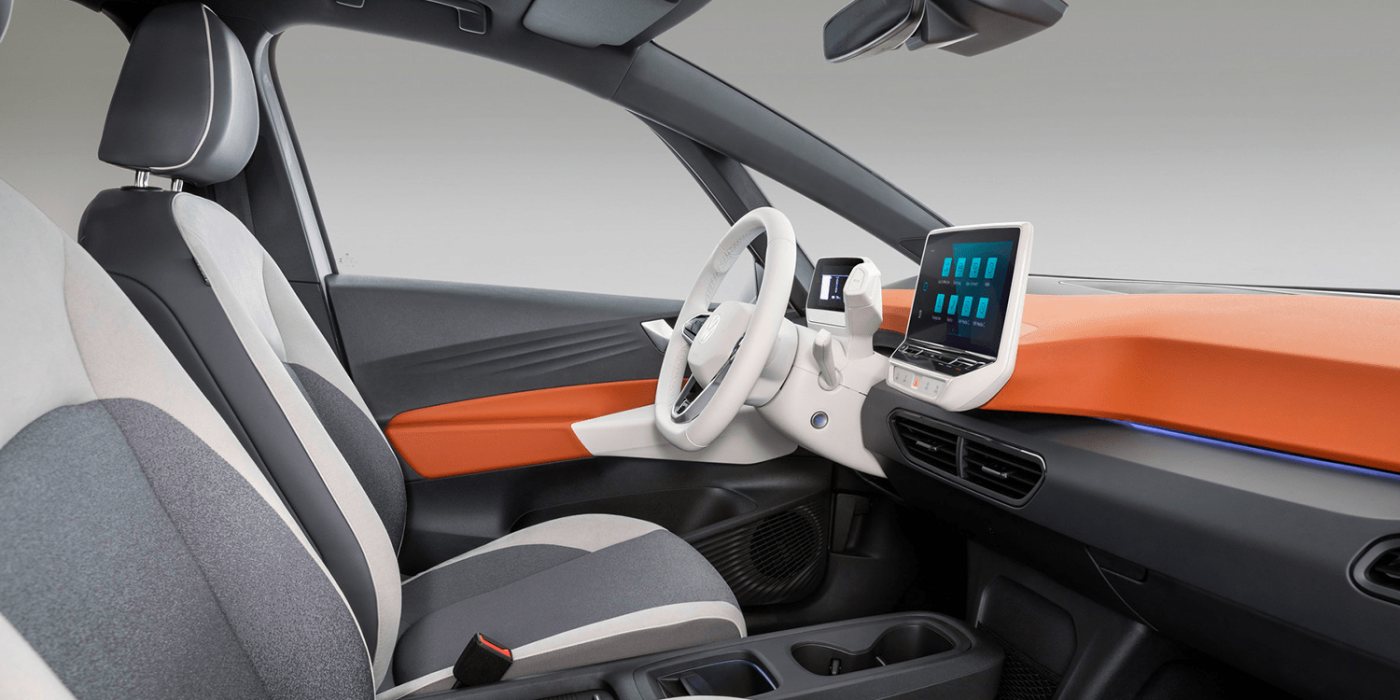

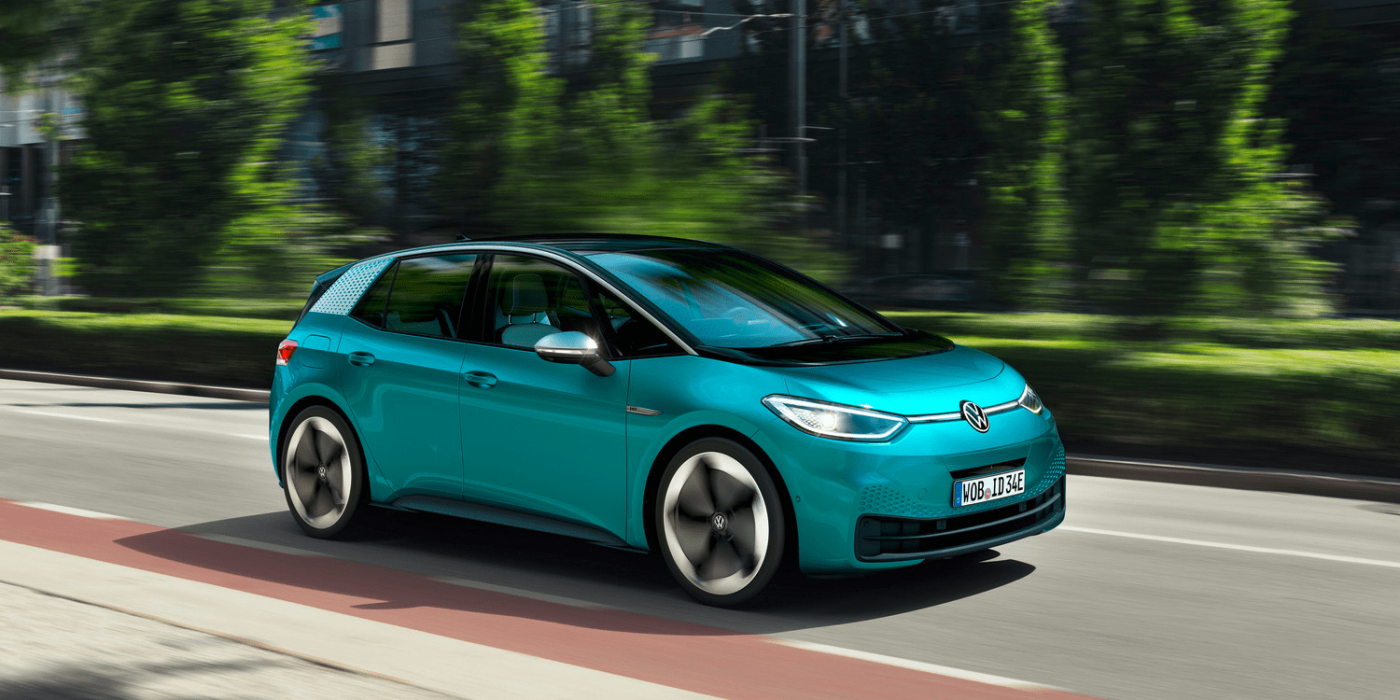












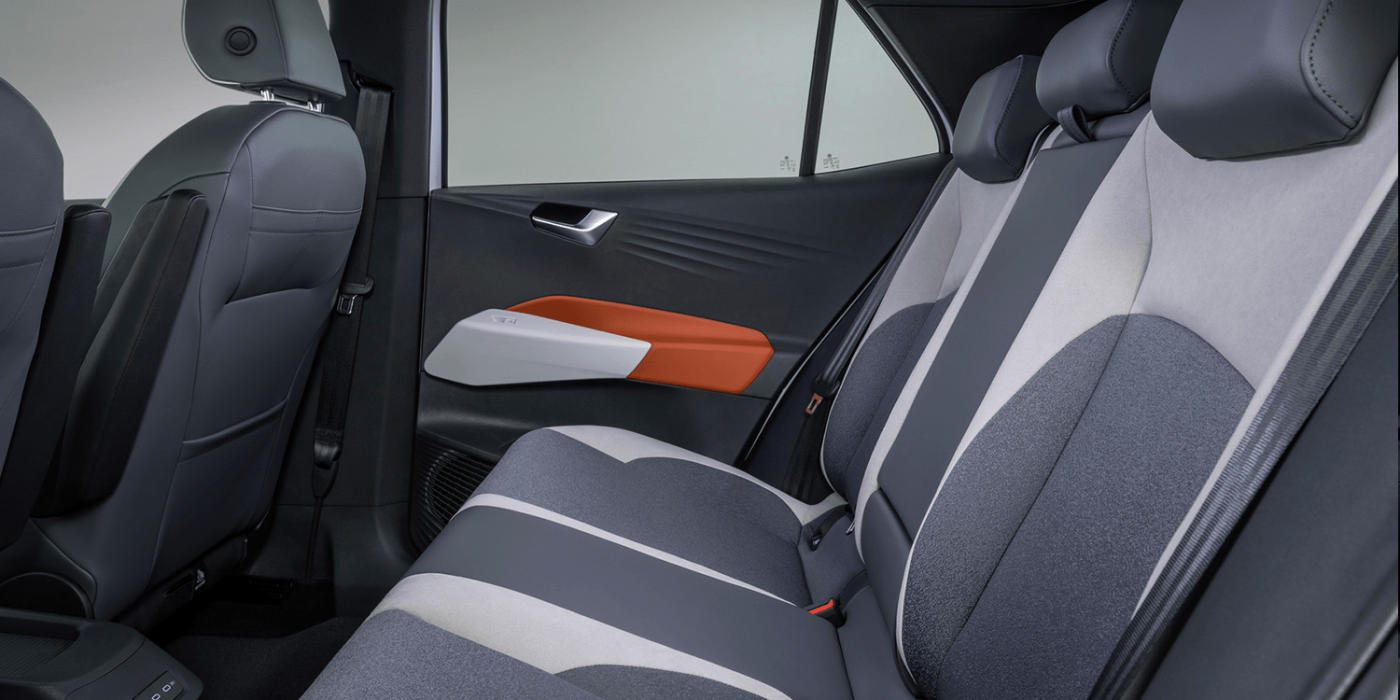
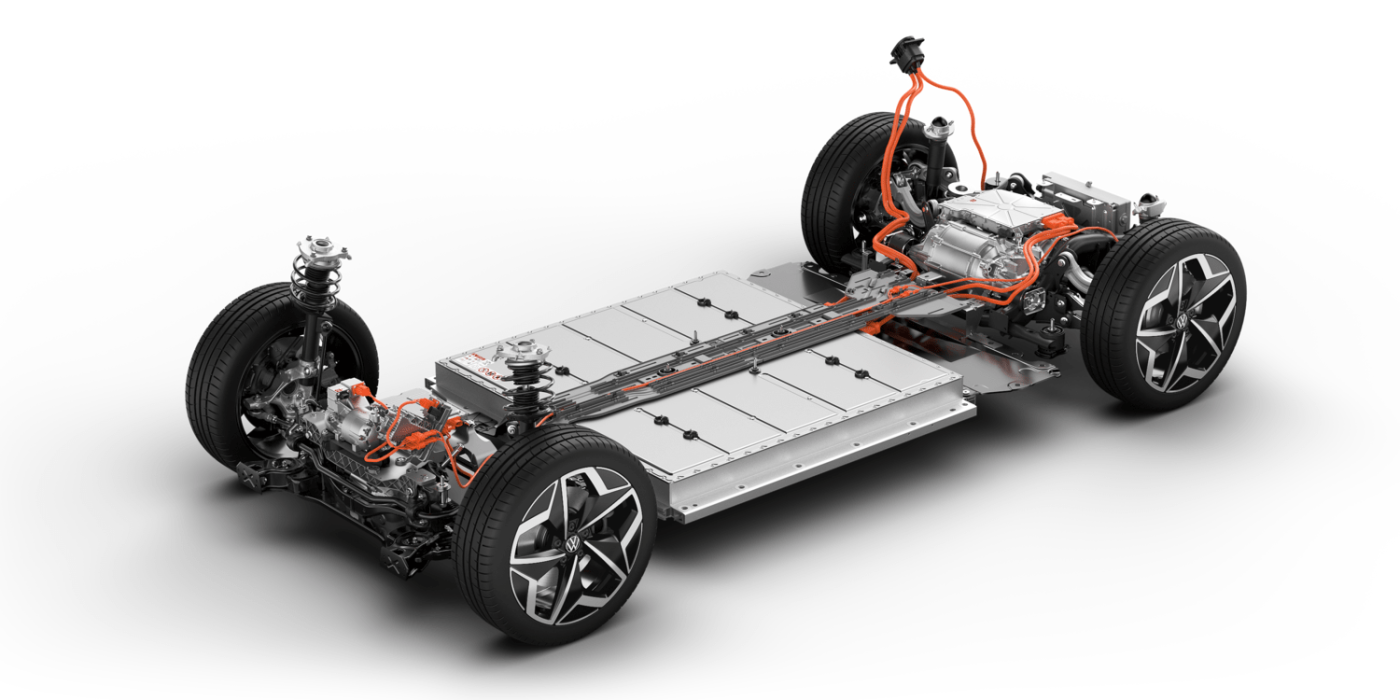

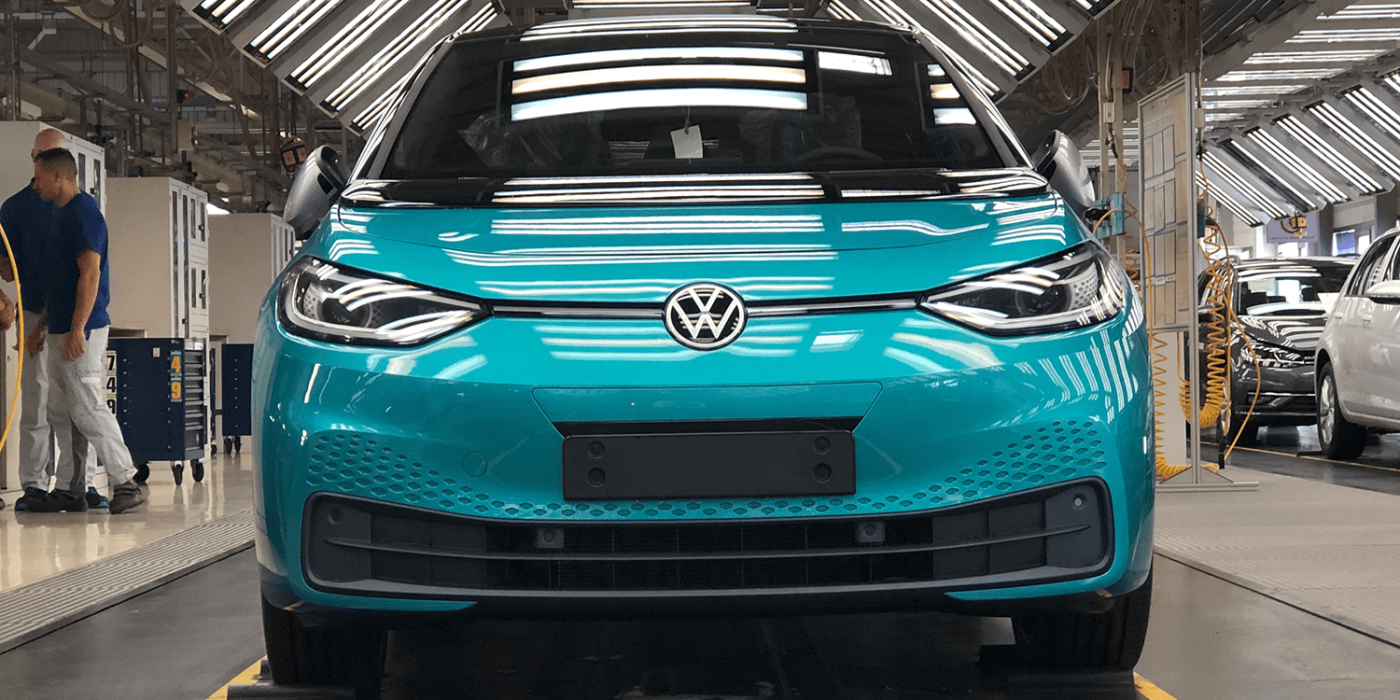

The dimensions of the ID.3 are similar to those of the Golf (4.26 metres long, 1.80 metres wide), while VW has (inevitably) distanced itself somewhat from the classic in terms of design. It is still clearly recognisable as a VW, but also much more modern and a bit more futuristic – but not so much that it alienates. This is also due to the completely different proportions, as VW chief designer Klaus Bischoff explains. Long wheelbase, short overhangs. “We have concentrated on a few, clear lines,” says Bischoff. When asked what he was particularly proud of, the chief designer answered, “The car is full of sensors, but you can hardly see it. ”
Although the sensors are not sufficient for semi-autonomous driving functions like those found in a Tesla Model 3, the ID.3 offers all the assistants available off the VW shelf, such as lane departure assistants, or emergency brake assistants with pedestrian recognition. The brand has made clear though, that they do not see it as the task of ID.3 to be a pioneer in driving assistants, with other brands in the Group taking up this gauntlet. ID.3 is supposed to convince potential customers that they are buying a zero-emissions electric car and not the Golf VIII, which will be presented this year.
One might think that some influence from Tesla can be seen in the interior. The dashboard is dominated by a free-standing centre display with a ten-inch diagonal. Although this is no competition to the large screen of the Model 3, it does not have to be: the centre display ID.3 is purely for infotainment – the driver has their own display behind the steering wheel. The ID.3 also offers an optional “Augmented Reality HUD”. This new form of head-up display continues to project information onto the windscreen, where the field of vision is much larger and therefore more effective.
The AR-HUD is part of the premium version of the ID.3 1ST – since the special model is available in three different versions. Even in the basic version, for example, the navigation system is on board, while the “Plus” version has some comfort extras such as the keyless access system, or the distance control. The “Max” version then includes the head-up display and 20-inch rims.
And when it comes to making a purchase decision, there is a lot to be said for the price – and this is where there are still questions left unanswered. The sold-out special edition ID.3 1ST with the medium battery was available from 40.000 euros. At the presentation, VW confirmed that the entry-level version of the ID.3 will be available for less than 30,000 euros and will advance into the price regions of a Golf with the environmental bonus in Germany and presumably with other relevant national subsidies in other territories. But what is still not clear, is exactly what customers will get for this price. The small 45-kWh battery is set, but things like engine performance and equipment are still not listed in details. Also, the prices for the other versions after the 1ST special edition have not yet been revealed.
The first ID.3 1ST are to be delivered in Germany in mid-2020, though VW has left us wanting more information since they have yet to provide us with a further timetable. We are looking forward to finding out when the regular models in all three battery sizes can be ordered and delivered – and at what price. Earlier today we reported on a New York Times article that claims Volkswagen has hit the sweet spot with their economies of scale allowing them to reach the kind of low battery costs that are expected to be the turning point for the mass-adoption of electric mobility. We shall now see just how Volkswagen gets this smart and slender vehicle out there to “all”.




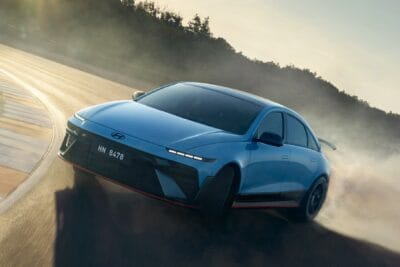
0 Comments